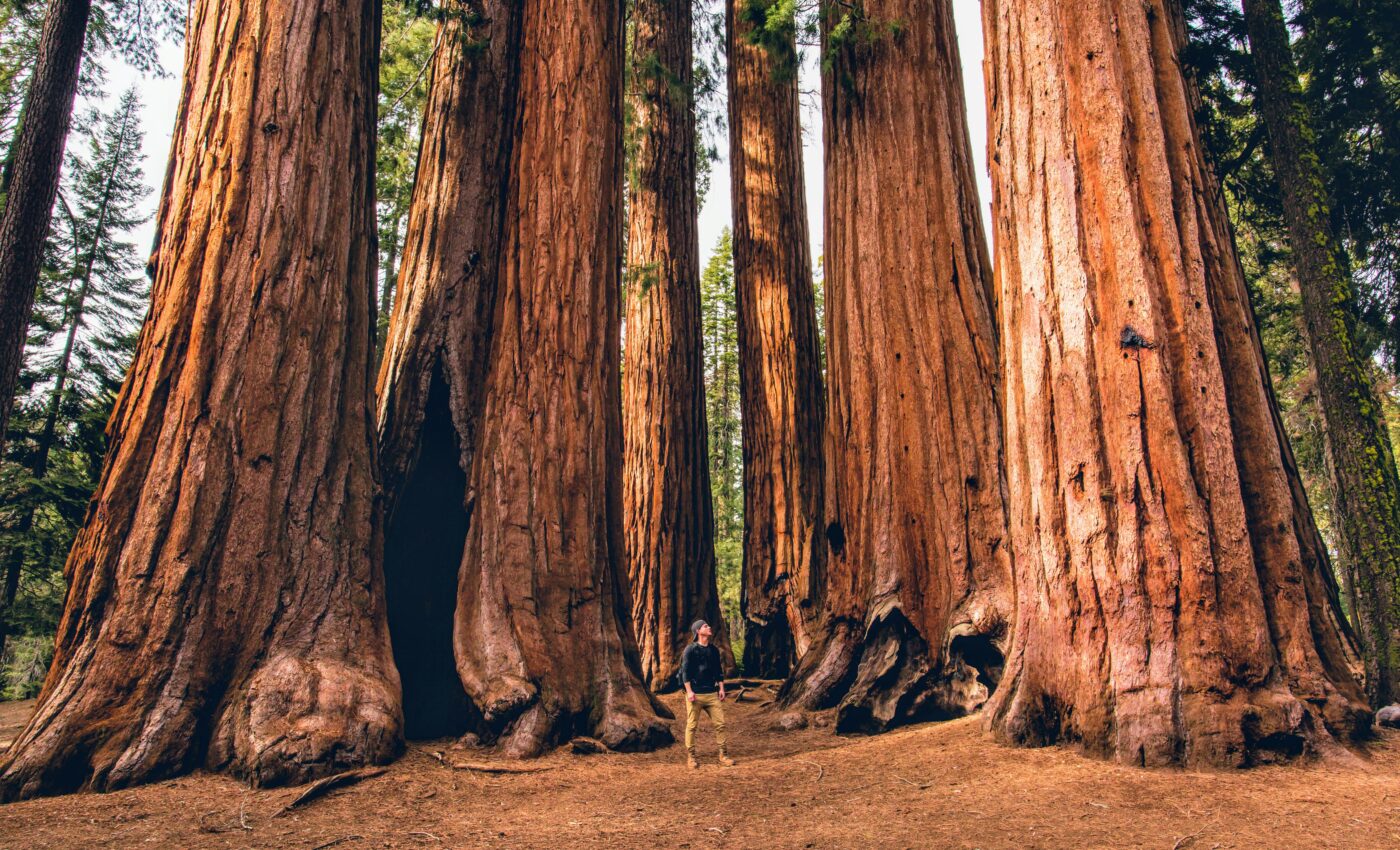
Rising from the ashes: How some redwoods recover from fire
Researchers at Northern Arizona University have shared new details about the resilience of coast redwoods, particularly their recovery from severe fires.
The study was focused on the CZU Lightning Complex Fire, a devastating event in August of 2020. In California’s Big Basin State Park, the fire burned thousands of acres of redwoods – including some that were over 1,500 years old.
Resilient redwoods
A team from NAU’s Center for Ecosystem Science and Society (Ecoss) and the School of Informatics, Computing, and Cyber Systems (SICCS) meticulously examined the aftermath of the CZU Lightning Complex Fire.
The researchers found that many of the trees that were initially believed to be dead were actually far from it.
Remarkable survival strategy
The redwoods, known for storing massive amounts of carbon, had utilized these reserves to fuel new growth. Remarkably, new leaves sprouted from buried buds, dormant for centuries, signaling the start of the forest’s regeneration.
This incredible discovery opens up questions about the survival strategies of other long-lived plants and their adaptation to severe environmental stresses.
“It remains to be determined if redwood’s old reserves and ancient cell lines are an exception in the plant kingdom or an exceptional example of an insurance strategy common to long-lived plants,” said study co-author Professor George Koch.
Ancient carbon reserves
The researchers used computer modeling to analyze the age of the carbon reserves in these ancient trees. The results were astonishing: some trees used carbon reserves that were decades or perhaps even a century old.
The team’s updated models showed that the redwoods’ reserves included carbon captured 50 to 100 years ago.
Study implications
“As far as we know, these are some of the oldest carbon reserves ever measured,” said study lead author Professor Drew Peltier.
“Sugars photosynthesized perhaps 100 years ago were used to grow new leaves in 2021. Although coast redwood is clearly a superlative species, it is likely that other long-lived trees also harbor carbon reserves that are much older than previously recognized.”
“This study was really exciting for us because we used measurements at the atomic level – counting the amount of carbon-14 relative to carbon-12 – to understand what these sprouts, which start as tiny green shoots, are telling us about the growth strategy of these enormous trees, among the largest living organisms on earth,” said study co-author Professor Andrew Richardson.
Forest recovery
Despite the optimism, the study also brings to light the harsh reality of forest recovery. Many redwoods and other tree species in Big Basin did not survive the fire.
The researchers noted that, although the coast redwood demonstrates exceptional resprouting capabilities, it might take centuries for the Big Basin forest ecosystem to fully recover.
The study is published in the journal Nature Plants.
Like what you read? Subscribe to our newsletter for engaging articles, exclusive content, and the latest updates.
—-
Check us out on EarthSnap, a free app brought to you by Eric Ralls and Earth.com.













